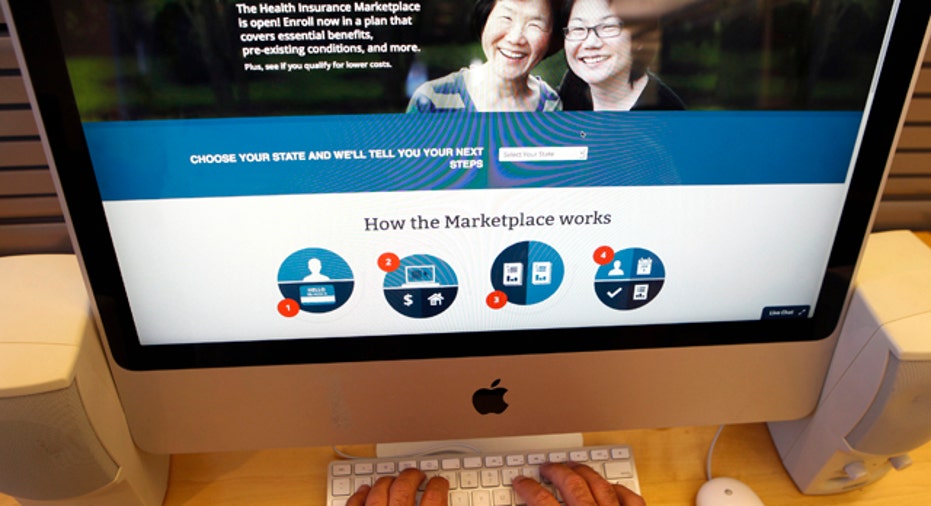ObamaCare Week 24: Who’s Buying Coverage, and Another Extension

As the Affordable Care Act’s open enrollment period draws near, new data reveals previously-uninsured individuals aren’t flocking to the exchanges to get coverage.
A report from McKinsey and Co.released Thursday reveals that just one in 10 uninsured Americans who qualify for private insurance via the ACA’s state and federal exchanges have actually signed up for one. The report also finds that of the uninsured people that have signed up for insurance on an exchange, more than half have started to pay their premiums—a statistic the federal government has not been able to provide. The insurance industry typically considers individuals enrolled once they have made that initial payment.
As of last week, four million people have selected plans on either a state or the federal exchange. Under the ACA, every individual in the country has to have insurance by the end of open enrollment period on April 1, or they will face a fine of $95 a year or 1% of their annual income for failing to comply.
A survey from the Urban Institute claims that enrollment numbers might be missing the White Houses’ initial expectations because uninsured individuals aren’t aware they qualify for coverage. The report shows knowledge of the exchanges isn’t widespread among low-income earners in particular. Those making up to 400% of the federal poverty level, around $45,000 for an individual and $94,000 for a family of four, qualify for subsidies, meaning the group the Urban study points to is made up of those the law was intended to help.
Bob Lasewski, who writes the Health Care Policy and Marketplace Blog, says the low enrollment numbers show people don’t like what they are being sold.
“The average deductibles are keeping people off. Families may be better off keeping that money in their hands and paying out of pocket if something happens,” he says. “We know 64 million people have visited Healthcare.gov, and only 4 million have clicked the ‘I want to buy’ button. It becomes clear the dogs aren’t eating.”
Larry Kocot, visiting fellow at the Brookings Institution and who helped facilitate the rollout of Medicare Part D in 2006, says convincing people on affordability is a big obstacle.
“I think they have been trying, and we know from experience with Medicare Part D, that lower-income folks who don’t have coverage are the hardest to reach,” he says. “So in terms of whether or not they have done a good job, or how effective it’s been, that is a tough nut to crack.”
Another Extension for Administrative ‘Fix’
HHS also confirmed this week a two-year extension to the policy President Obama introduced in November known as the “administrative fix.” The fix was meant to make good on the promise the president made before the ACA became law that “if you like your plan, you can keep it.” Six million Americans have since had their plans cancelled, and the fix allows them to have those plans re-instated through Oct. 1, 2016, at the discretion of state regulators and insurance companies.
The move may cost the federal government more than it had projected via the “risk corridors” provision in the ACA, which pays insurance companies back via reinsurance subsidies if their losses are greater than anticipated because of the law. The Congressional Budget Office had projected the government would take in $16 billion through 2016 from the law’s rollout, but pay out $8 billion to insurers to cover their losses under the new mandates. Under the new extension, the HHS now says the transitional policy could “potentially lead to unanticipated higher average claim costs for issuers.”
Even though insurance companies will collect cash through 2016, Lasewski says they will likely begin raising premium prices next year.
“Everyone is scared to death that the next thing to go is the individual mandate,” he says. “The carriers are looking at them changing the rules, and they will move up their premiums because they have to start transitioning to the right price point.”
Kocot says the latest extension is “giving insurers pause,” and rightfully so.
“This is a delay that is beyond a startup delay, and it extends into the future,” he says. “It has insurers wondering whether or not the reinsurance subsidies will be enough to guard them against risk. Every insurer will be impacted one way or the other, and they will have to assess how the impact will hit them, and what it means for premium calculations.”